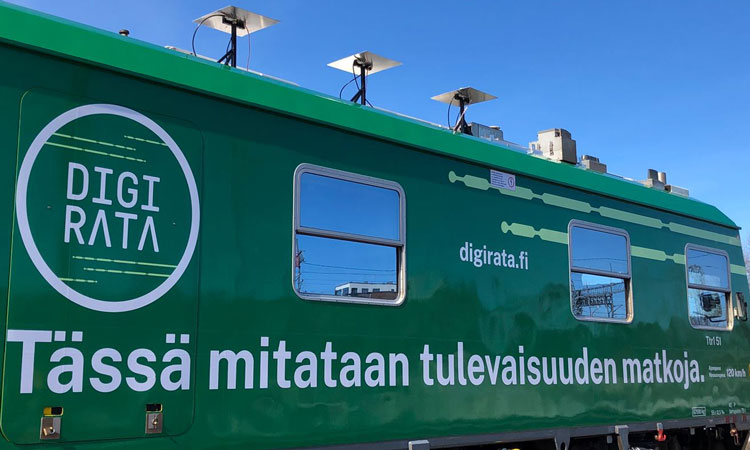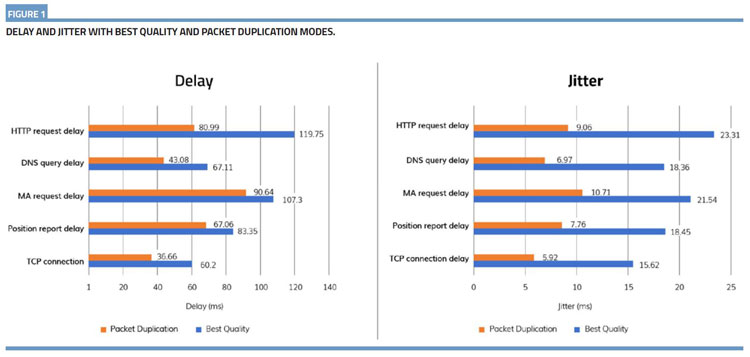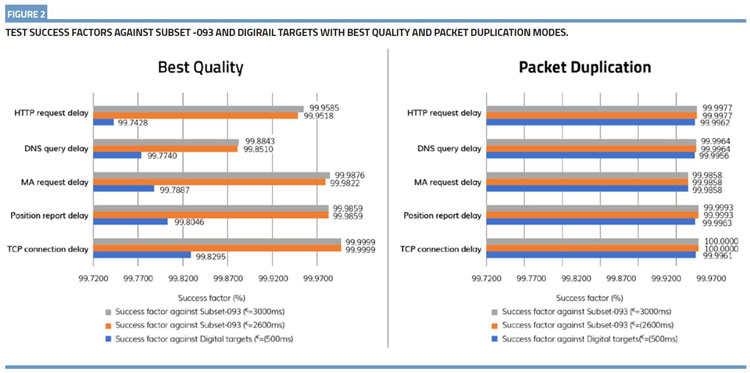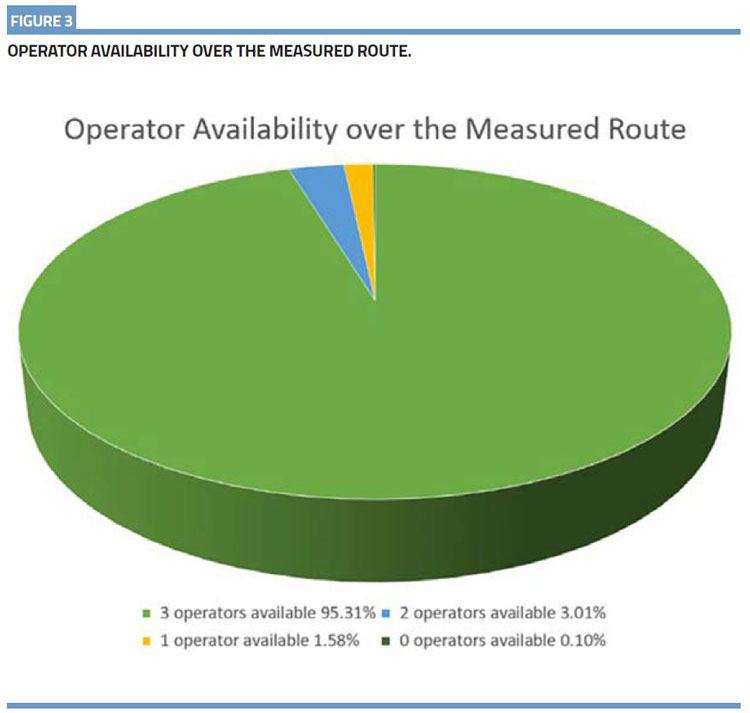Finland’s fast track to FRMCS
Posted: 14 March 2023 | Simon Indola | No comments yet
Simon Indola, the Project Manager responsible for implementing FRMCS in Finland, argues that the ‘bearer independent and future‑proof’ FRMCS solution, utilising commercially available Mobile Network Operators (MNOs), represents a significant opportunity for European railways.


Finland’s current train control system will reach the end of its lifecycle around 2030. The next logical step is to seamlessly move to the European Railway Traffic Management System (ERTMS) and a modern radio based ETCS (European Train Control System). The current regulations also make it mandatory for Finland, as an EU Member State, to update its systems to be fully compatible with other next-gen European systems.
Finland is firmly committed to cutting its transport emissions by 50 per cent by 2030. The current market share of rail transport is around six per cent for passenger transport and 27 per cent for freight transport. Currently, rail transport accounts for less than one per cent of transport emissions in Finland.
The Digirail project to renew the train control system is an alliance between Fintraffic and the Finnish Transport Infrastructure Agency (FTIA) operating under the ownership steering of the Finnish Ministry of Transport and Communications.
The train control system now being planned in Finland is a modern radio network based ETCS implementation, targeting Hybrid Level 3 and ATO GoA2 on the whole network. The new radio network based ETCS will help to minimise the duration and impact of disruptions throughout the railway network, enable an infrastructure capacity increase and improve the punctuality, and increase the number of trains on the existing network. This will provide Finland with a sustainable technological development base, amongst other variables. The radio network will be based on the joint European FRMCS (Future Railway Mobile Communication System).
Attaining proof of concept
According to the latest projections, the first commercial ETCS track is planned to be operational in Finland by the beginning of 2027 and across the entire country by the end of 2040. During 2021, Digirail conducted a study to identify the required radio network capacity as part of Finland’s strategy to utilise commercially available Mobile Network Operators (MNOs). The study was designed to understand the communication needs between the train and the track side from the perspective of different stakeholders, representing rolling stock maintenance, passenger information, diagnostics, positioning, automated train operations (ATO), passengers, security and other variables.
The study highlighted that even as some high-capacity needs were identified, these were not time critical. In addition, the high-capacity needs were also outside the timeframe of Digirail. The conclusions of the study indicated that for mission and time-critical traffic management purposes, 50kb/s is sufficient, but must be available continuously everywhere, as well as be consistently reliable.


The measurement train with three roof antennas.
Finland’s MNOs
Finland has three primary MNOs; Telia Finland Oyj, Elisa Oyj and DNA Oyj, that provide nationwide services to their customers. Although Finland’s sparsely populated landscape consists of large rural areas, dominated by a myriad of lakes and dense forests, network services are provided even in remote areas with an adequate radio network coverage level. The 4G and 5G frequency allocations of the Finnish MNOs are presented in Table 1.


Reference (1) www.traficom.fi/en/communications/communications-networks/frequencies-and-license-holders-public-mobile-networks.
In the spring of 2022, Digirail measured the entire Finnish national railway network (approximately 6,000km) to verify if the existing commercial 4G networks could continuously provide the minimum data requirement of 50kb/s, within the set requirements of Subset -093 tolerance level and the Digirail delay threshold of 500 msec with 99.9 per cent reliability or better could be achieved (‘Critical Data Legacy Applications’, 3GPP TR 22.989 V18.5.0).
For the study, the measurement setup consisted of a Radio Frequency (RF) scanner, a multi‑channel router and a software solution that both generated and simulated ETCS traffic. Among other measured key performance indicators (KPIs), the measurement solution sent Movement Authority Requests every 10 seconds and accordingly the Radio Block Centre (RBC) simulator replied with the Movement Authority. In addition, the Position Report was sent from the measurement system once per second. The actual execution time or roundtrip time was measured.
The multi-channel router had three prioritised network subscriptions in use: one from each MNO. The prioritisation ensured service regardless of the capacity utilisation levels of the serving cell. This removed the need to repeat the measurements multiple times for reliability analysis.


Analysing the results
on the measurements, the selected router’s communication mode had a clear impact on the results. In the Best Quality Mode, the router selected the best available channel based on the measured radio conditions per measurement time stamp and stayed attached to the selected channel until the end of each session. In the Packet Duplication mode, the data packets were sent to all three operator networks simultaneously, the first arrived packet was processed, and the later arriving packets were ignored. It was seen in the measurement results that by selecting Packet Duplication we were able to fulfil both the Subset -093 tolerance level and the Digirail delay threshold of 500 msec or better (‘Critical Data Legacy Applications’, 3GPP TR 22.989 V18.5.0) with a higher success rate of more than 99.9 per cent. The same results were not replicated with the Best Quality mode, where the achieved success rate was approximately 99.7 per cent. A detailed summary of the results is presented in Figures 1 and 2.


As can be seen in Figure 2, an impressive 99.99 per cent reliability benchmark in four out of the five variables tested (with MA request delay recording 99.98 per cent) was achieved when utilising Packet Duplication mode. A contributing factor was that all three networks were available on 95.31 per cent of the total track length as presented in Figure 3.


A fast track to FRMCS
The reliability requirements and the requirements of the narrow band FRMCS applications can already be met today in Finland on the 4G networks using a multi-channel router in Packet Duplication mode.
The multi-channel router could be set to use GSM-R, private (RMR) and commercially available public networks, and possibly satellite technologies. The results of the study showed that by efficiently using the already available MNO -services, we can speed up the implementation of the FRMCS deployment and avoid investments in the areas where the existing coverage is sufficient.
An additional benefit of utilising MNOs is that all necessary future radio equipment, including the supporting chipsets, are mass produced and available as soon as the new technologies (e.g. 5G/6G) are introduced. Furthermore, we can benefit from their long experience on operational issues such as cyber-security.
Digirail therefore considers the utilisation of MNOs as a significant opportunity for potentially every country throughout the European-wide project. Although the radio network topologies vary in different countries, one can assume that there are areas where the FRMCS requirements could be met already while using MNOs.
Digirail is currently very excited by the opportunities that the MNOs can provide, as utilising them to the fullest is the fastest and most cost-efficient approach to deploy FRMCS. It will allow Finland to turn on all lines throughout the entire country in one go, and virtually overnight. I can’t wait to flick that switch!
Reference:


Issue
Related topics
European Rail Traffic Management System (ERTMS), European Train Control System (ETCS), Future Railway Mobile Communications System (FRMCS), Global System for Mobile Communications – Railway (GSM-R), Signalling, Control & Communications








